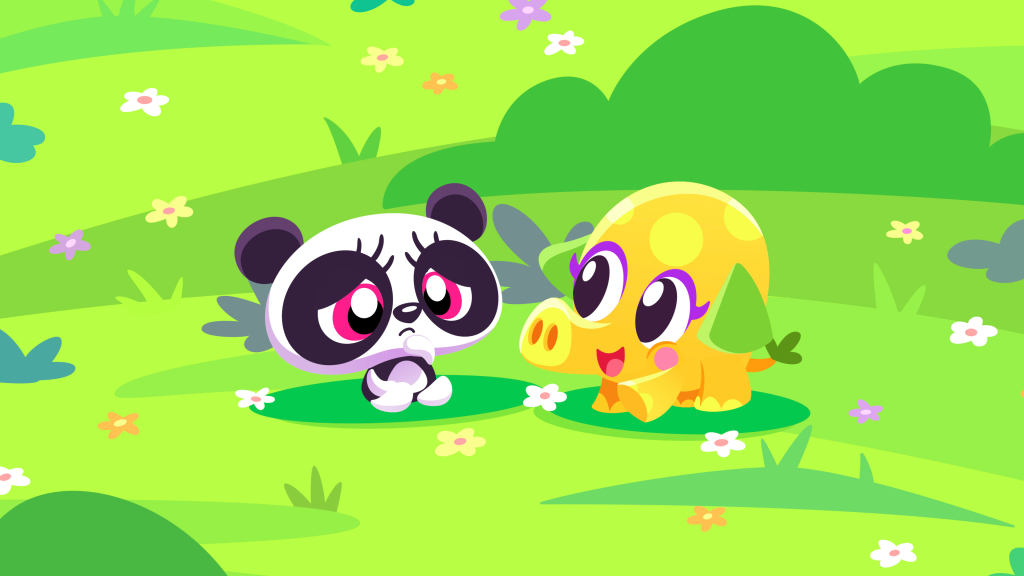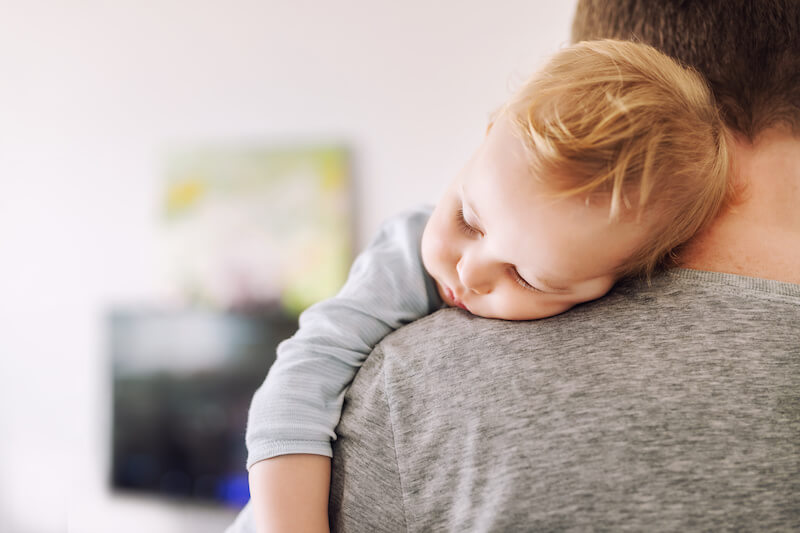
- 2 mins

When our kids hurt, we hurt. That’s why separation anxiety in toddlers is so hard for parents, too. While it’s perfectly normal and developmentally appropriate, it can transform the whole family into a weepy mess. And that’s just no fun for anyone.
So, why does it happen and what can parents do about it? With feedback from doctors and experts on childhood development, here’s a deeper dive into the common causes of separation anxiety in toddlers, and how parents can help.
Sure, a period of separation anxiety is upsetting. But it shouldn’t be worrisome. Separation anxiety in toddlers is common and usually appears in infancy (at around eight to 10 months of age), and can continue until age 3, experts say.
“Although toddlers start to assert their independence, they want to know their parent or primary caregiver is still available,” says licensed pediatrician and consultant for the motherhood platform Mom Loves Best, Pierrette Mimi Poinsett. “It appears when there are separations, such as drop-off at daycare or the grandparents, but it can even happen when you go to a different room such as at nap time.”
Separation anxiety is usually caused by a combination of genetic and environmental factors. “Just like adults, some children are naturally more anxious than others and they will react more strongly to being separated from their loved ones,” explains Paula McLaren, Norland-trained nanny and blogger at Teething to Tantrums.
While these are the more extreme reasons for triggering separation anxiety, McLaren explains, “toddlers are also more likely to be clingy when they are tired, hungry, or there has been a major change in their daily routine.”
Jaydeep Tripathy, a primary care doctor with Doctor Spring, notes that separation anxiety may occasionally be more serious, manifesting as Separation Anxiety Disorder (SAD), especially as the result of an environmental trigger or genetic predisposition. Children whose parents have an anxiety disorder are more likely to develop it.
“There’s a biological reason for it…It’s an imbalance in norepinephrine and serotonin chemicals in the brain. Some level of clinginess is normal for young toddlers, so you should know where to draw the line.”
Jaydeep Tripathy
So where is that line? Tripathy notes your child might have SAD if the behavior persists for more than four weeks. “The symptoms vary but a mental health expert can do an evaluation to assess and diagnose,” he says, noting treatment varies depending on the symptoms and the age of the child. “A mix of cognitive-behavioral therapy, family therapy, and medications could be the best course of treatment depending on the severity of the case.”
Most of all, experts say, do not prolong goodbyes. Keep the separation process short. Here are some more approaches that can help:
Create a ritual to do during separations. “This could be a handshake, a certain number of kisses, or something else,” Williams advises. He recommends The Kissing Hand book, which he says helps “introduce this concept in a fun way.”
Stick to a routine. Apart from your special ritual, creating a routine can help toddlers feel safer and more confident. “For example, getting up at the same time each morning, getting dressed, eating breakfast, playing with their toys, then being given five- and two-minute warnings before it is time to leave,” suggests licensed marriage and family therapist Kristel Roper.
Reassure your toddler that you will be back. Poinsett suggests mentioning what you are going to do when you return. For example, “I will be back between afternoon nap and playtime and we will go to the park,” she advises.
Highlight all the great things they will do while you are separated. “Explain that you will always come back and talk about all the positive things they can do while you are away, such as the fun activities on offer at daycare,” McLaren says.
Set an example. “Toddlers are constantly learning and taking cues from their caregivers,” Roper says.“Youngsters are like little sponges, constantly absorbing information about what goes on around them. If a parent seems anxious or nervous when dropping off their child at preschool or daycare, then the child will pick up on these cues and may feel anxious themselves.”
Offer a security item, like a stuffed animal. This can serve as “a transitional item that helps them to feel safer in a new environment or when away from their caregivers,” Roper says. Moshi’s Sleepies Toys are an ideal pick for cuddling and squeezing, with their super-soft fur, velvety corduroy bellies, and sensory beans in their paws.
Ease children into new situations by breaking them down into smaller steps. “A parent might start by letting the toddler play in the living room with another trusted adult while they are in the next room over,” says Roper. “You can start by doing this for just a minute and then gradually increase the length of time to help the toddler feel more comfortable. Eventually, this should help the child feel comfortable in new situations and being away from their parents for extended periods of time.”
For more ways to help kids relax and reduce anxiety, try these additional calming techniques and the Moshi app, which offers magical bedtime stories and meditations made just for kids.